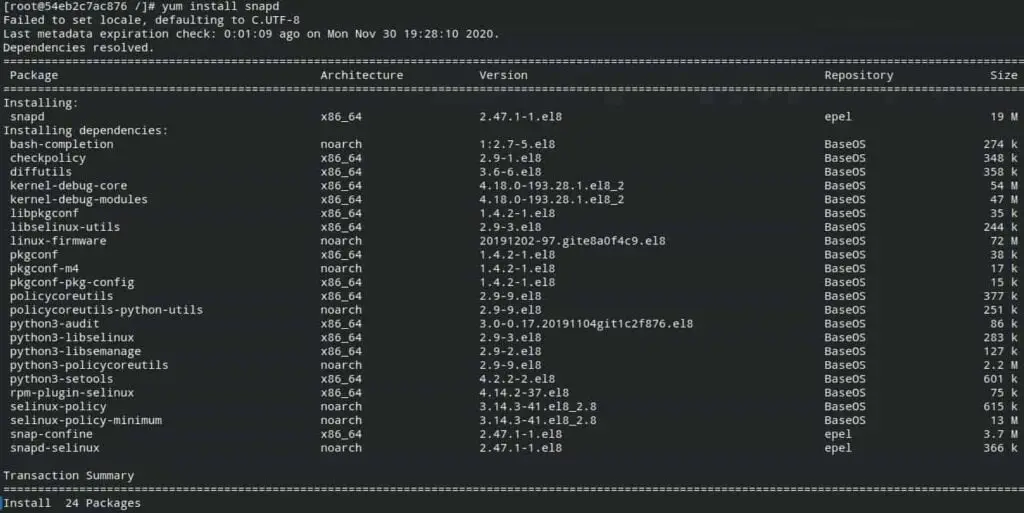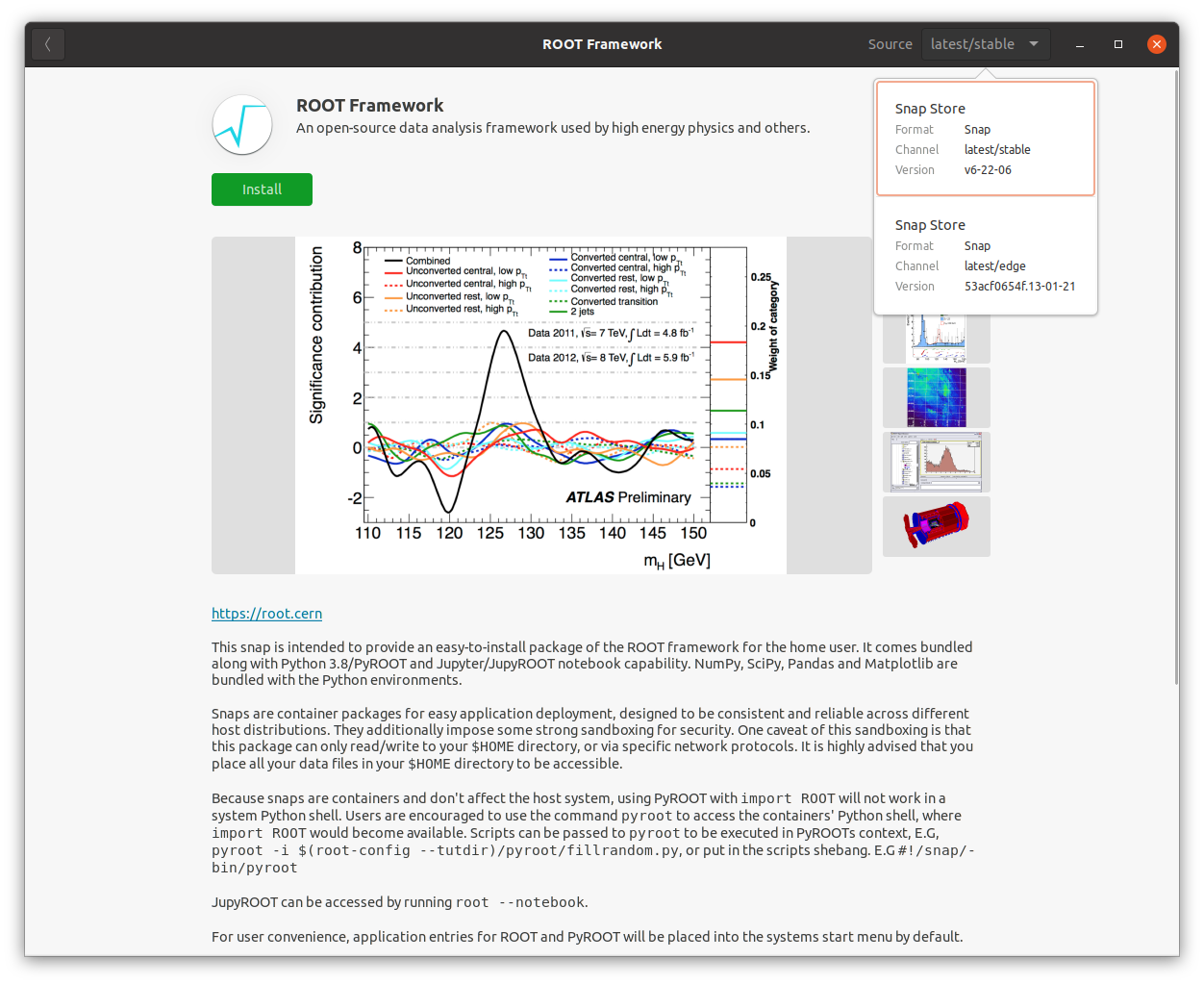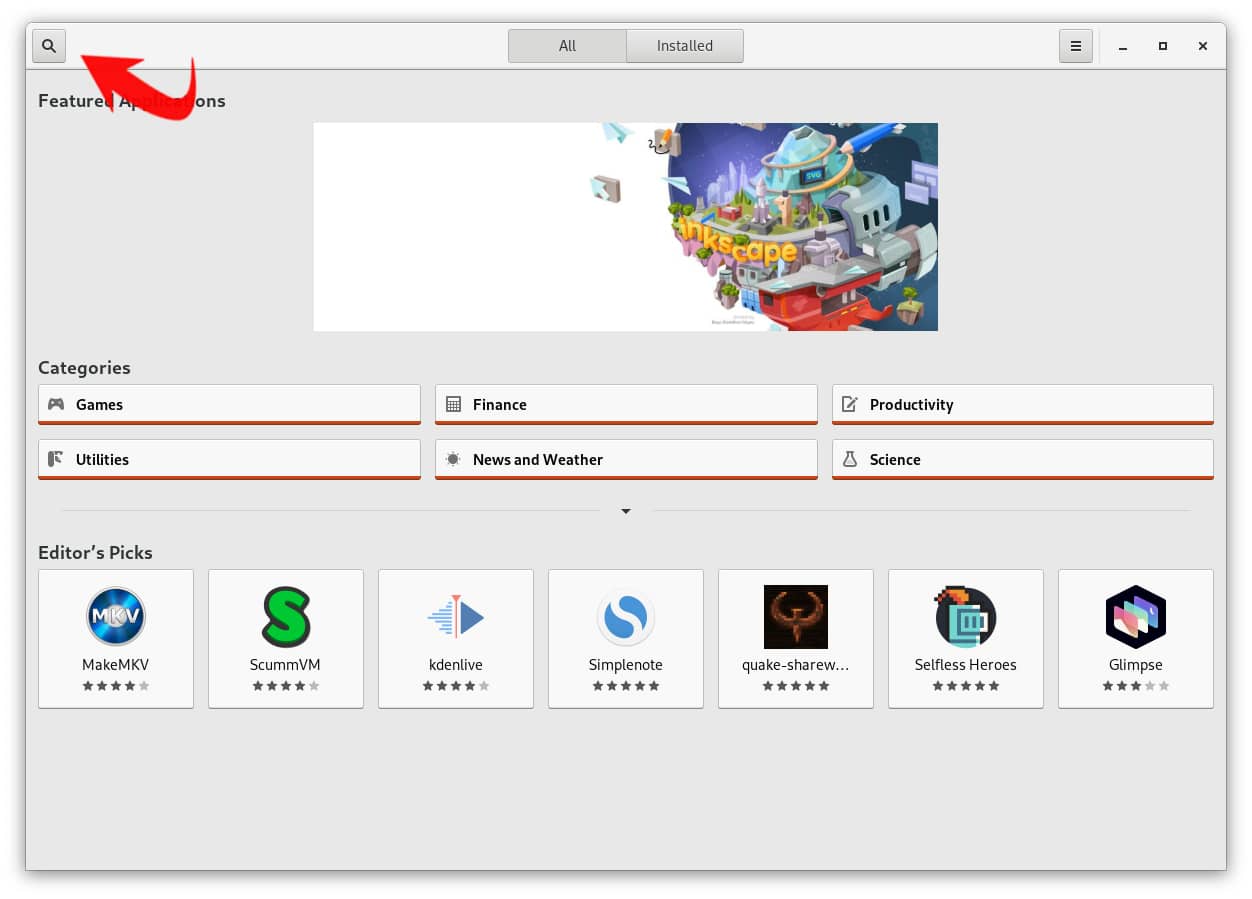
- SNAP PACKAGE MANAGER CENTOS INSTALL
- SNAP PACKAGE MANAGER CENTOS SOFTWARE
- SNAP PACKAGE MANAGER CENTOS FREE
So, it will take care of the proper distribution of packages and resolve the package dependency also. For the requirement, we can choose the proper package manager. We have seen the uncut concept of the “CentOS package manager” with the proper example, explanation, and command with different outputs. We can do that with the help of the yum package manager.Īs per the above command, we are installing the “ntp” packages in the system.

SNAP PACKAGE MANAGER CENTOS INSTALL
In the CentOS environment, we are able to install the packages in the CentOS environment. CentOS Package Manager Command: Install Packages with YUM In the yum command, we are using the “list” option to get the list of installed packages.Ĥ. In the yum command, we are able to get the number of packages that are installed in the machine.Īs per the above command, we are able to list out the number of packages installed in the CentOS system. CentOS Package Manager Command: Get the List of Packages in YUM We are using the “-qa” option with the rpm package manager.ģ. In the CentOS environment, we are able to get the details of recently installed packages.Īs per the above rpm command, we are able to get the recently install packages. CentOS Package Manager Command: Get details of recent install packages in RPM Here, we are using the “qa” option with the rpm command.Ģ. In the CentOS environment, it is a very simple way to find the list of packages installed in the system.Īs per the below command, we are able to get the list of packages installed in the system. CentOS Package Manager Command: Get the List of Packages in RPM

-v, –verbose: We can use this option to run the command with a lot of debugging output.Įxamples to understand CentOS package manager Commandġ.-q, –quiet: This option will run without the output.It will also take the input from the FTP, Local machine URL, and HTTP. -c, –config=: It will help to specifies the configuration file location.It will not automatically accept the entire prompt from the UI. It can be assumed that the answer to any question which would be asked is no. –assumeno: This option can assume to be no.It will automatically accept the entire prompt from the UI. It can be assumed that the answer to any question which would be asked is yes. -y, –assumeyes: This option can assume to be yes.-h, –help: It will help to print the message and then quit automatically.-vv: It will display lots of ugly debugging information on the screen.īelow is the list of options that are compatible with the yum package manager.As per the default nature, it will take normally routine the progress messages. -v: It will help to print the verbose information.As per the default nature, it will only print the error messages. –quiet: It will display the information as little as possible.–version: It will display a single line of information in terms of the version number of rpm being used.-?, –help: It will display the extra o details information than the normal message.But in the yum package manager, it will resolve the package dependency, i.e., while installing any packages and the same package is needed, any different packages need to be installed, then the yum package manager will handle the request.īelow is the list of options that are compatible with the rpm package manager The rpm method is not able to resolve the dependency of the packages. The major difference in-between the two methods is package dependency. In CentOS, we are doing the package management in two different ways, like rpm and yum. It depends on the user’s need from which they want to manage the packages.

We can do the package manager from the CLI as well as from the UI also. Every package manager is having their own working methodology if we need to work with the respective package manager, we need to understand the working methodology as well as the syntax of it. As per the package manager, we are able to install the packages with their dependency also. In the Linux working environment, we are having multiple options of a package manager like Pacman, apt-get, YUM, rpm, DNF, apt, urpmi, zipper, yaourt, packer, etc.

How does CentOS package manager Command Works?
SNAP PACKAGE MANAGER CENTOS SOFTWARE
SNAP PACKAGE MANAGER CENTOS FREE
Start Your Free Software Development Course


 0 kommentar(er)
0 kommentar(er)
